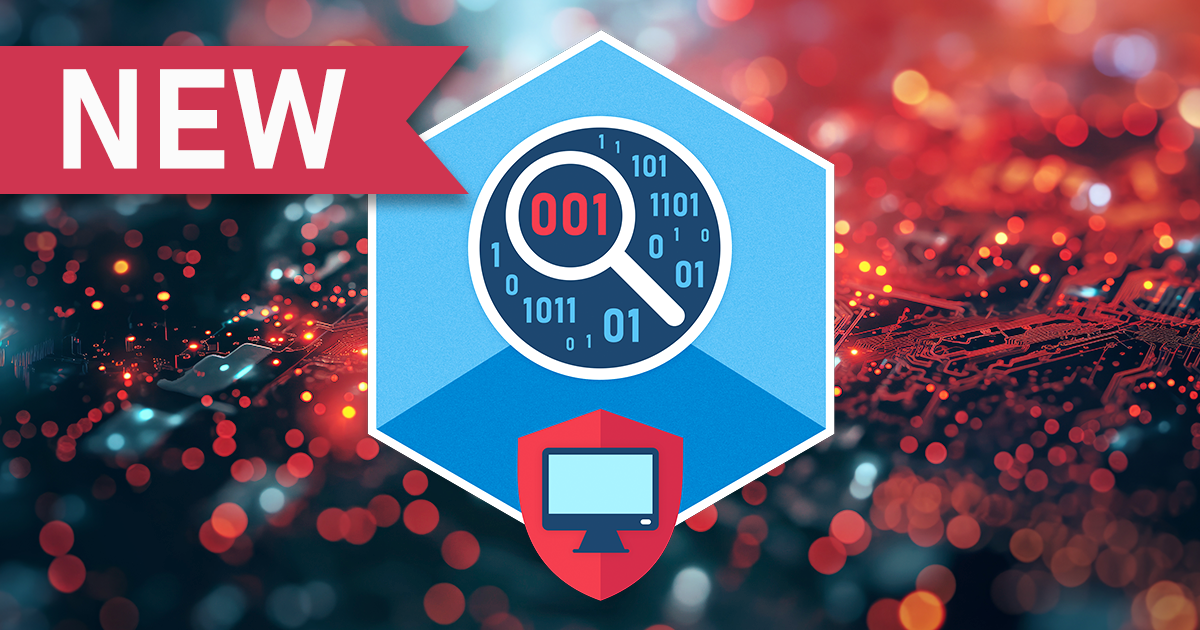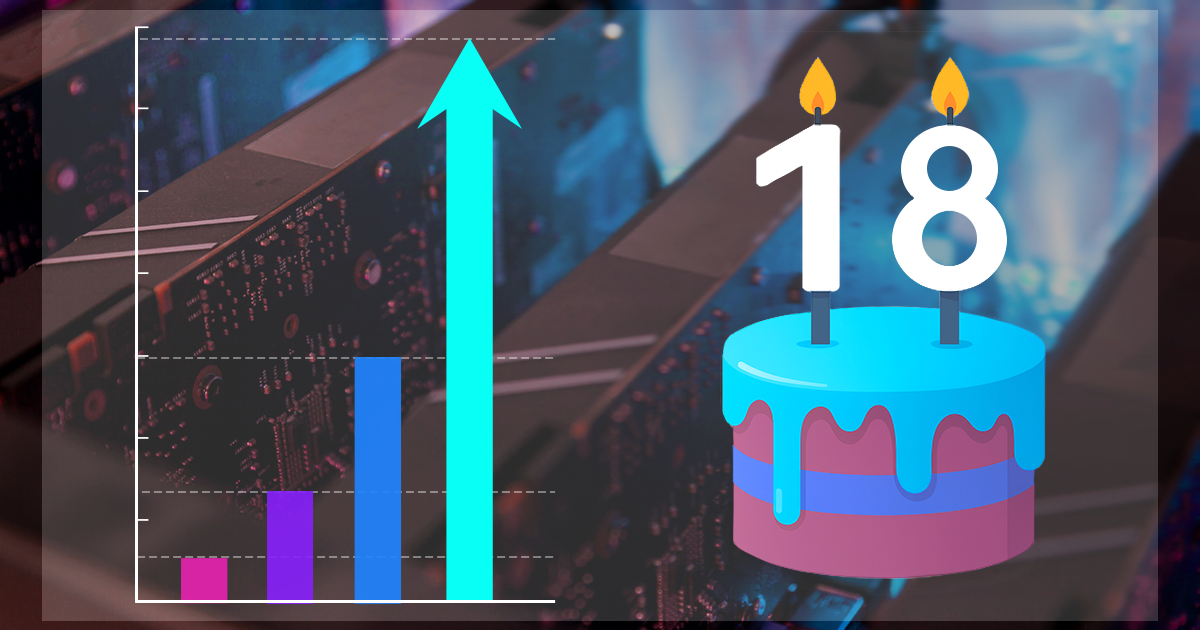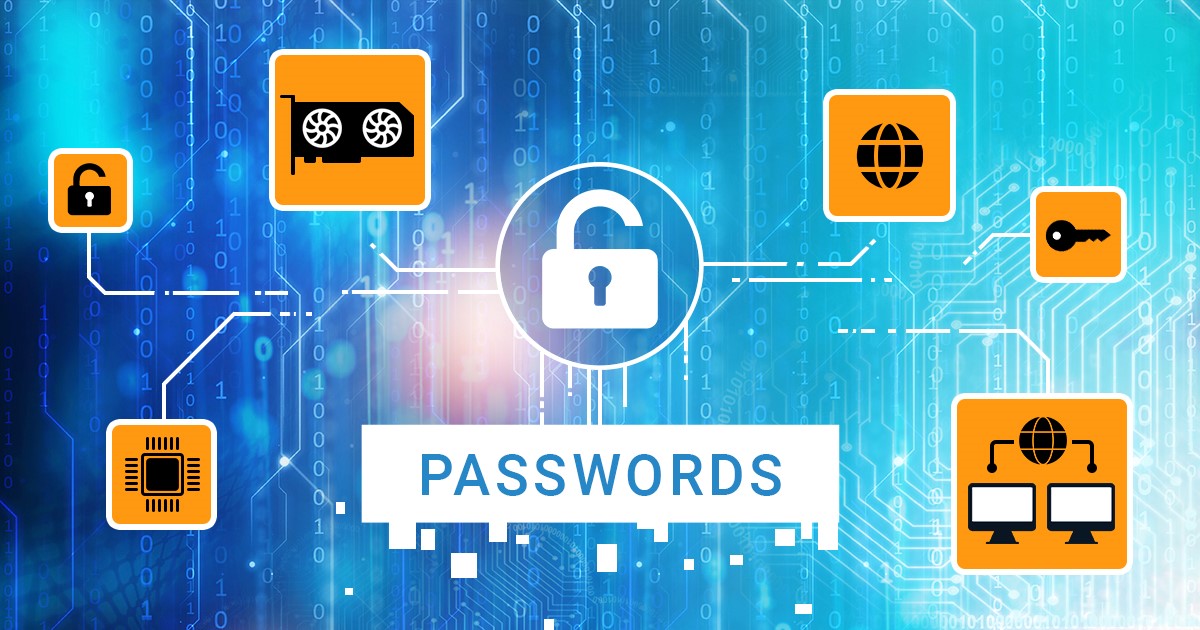While Windows 11 requires a Trusted Platform Module (TPM), older versions of Windows can do without while still using PIN-based Windows Hello sign-in. We prove that all-digit PINs are a serious security risk on systems without a TPM, and can be broken in a matter of minutes.
Elcomsoft System Recovery 8.30 introduced the ability to break Windows Hello PIN codes on TPM-less computers. This, however, was just one of the many new features added to the updated release. Other features include the ability to detect Microsoft Azure accounts and LUKS2 encryption, as well as new filters for bootable forensic tools.
This article opens the series of publications aimed to help experts specify and build effective and power-efficient workstations for brute-forcing passwords. Power consumption and power efficiency are two crucial parameters that are often overlooked in favor of sheer speed. When building a workstation with 24×7 workload, absolute performance numbers become arguably less important compared to performance per watt. We measured the speed and power consumption of seven video cards ranging from the NVIDIA Quadro T600 to NVIDIA RTX 3070 Ti and calculated their efficiency ratings.
Today’s data protection methods utilize many thousands (sometimes millions) hash iterations to strengthen password protection, slowing down the attacks to a crawl. Consumer-grade video cards are commonly used for GPU acceleration. How do these video cards compare, and what about the price-performance ratio? We tested five reasonably priced NVIDIA boards ranging from the lowly GTX 1650 to RTX 3060 Ti.
iOS Forensic Toolkit 7.40 brings gapless low-level extraction support for several iOS versions up to and including iOS 15.1 (15.1.1 on some devices), adding compatibility with previously unsupported versions of iOS 14.
Live system analysis is the easiest and often the only way to access encrypted data stored on BitLocker-protected disks. In this article we’ll discuss the available options for extracting BitLocker keys from authenticated sessions during live system analysis.
In Alder Lake, Intel introduced hybrid architecture. Large, hyperthreading-enabled Performance cores are complemented with smaller, single-thread Efficiency cores. The host OS is responsible for assigning threads to one core or another. We discovered that Windows 10 scheduler is not doing a perfect job when it comes to password recovery, which requires a careful approach to thread scheduling.
The new year is just around the corner, and so it’s the right time to review our achievements in 2021. We’ve done plenty of researching, developing and updating, and posted a great deal of content in our blog. Let’s run through the most exciting developments of the year!
Backups are the primary way to preserve data. On smartphones, backups are handled automatically by the OS. Windows lacks a convincing backup app; numerous third-party tools are available, some of which feature strong encryption. Computer backups may contain valuable evidence that can be useful during an investigation – if you can do something about the password.
Many security practices still widely accepted today are things of the past. Many of them made sense at the time of short passwords and unrestricted access to workplaces, while some were learned from TV shows with “Russian hackers” breaking Pentagon. In this article we’ll sort it out.


